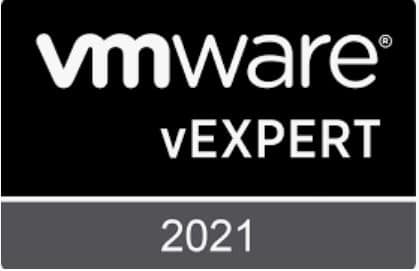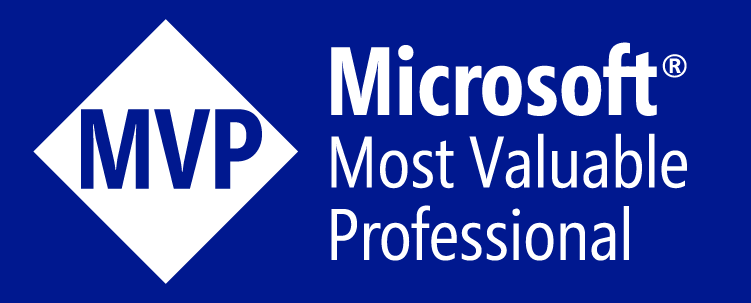It’s a virtual world in our enterprise workplaces, and server virtualization is the standard. Organizations that have server virtualization often choose to deploy virtual servers before considering server hardware purchases. With a virtualization first and hardware second strategy; businesses are able to maximize how they use their compute and disk resources.
Server Virtualization – So How Is Monitoring a Factor?
If I can maximize my server resources with virtualization technology then what are the real-world challenges, and what is the true value of monitoring? This reminds me of a situation from when I worked for a company that was just getting started with server virtualization. Even more important to this scenario is that it was when the concept of server virtualization was relatively new. In this environment our approach was to only build out servers that would have non-business critical applications on them. Additionally their compute requirements need to be very low, or a physical server would be ordered instead. For monitoring there was some, but only at the most basic host level. As monitoring products improved with the popularity of virtualized servers gaining momentum, it was quickly learned that the implemented design was way overcommitted from a server resource/computer perspective. In this case it was realized that that another host was required for this environment to continue functioning properly. Thankfully this was recognized in time, because shortly after adding that host there was a core component of another host that failed. All machines quietly moved to another host while the administrator was able to resolve the hardware issue within that virtualized server infrastructure design. Monitoring at the right time ensured there was not any user impact during the hardware failure that occurred.
One Step Further
While host monitoring is extremely important we also need to have a better understanding of what is happening at the compute level for the virtualized servers across the hosts within the farm. The value of this information can help server administrators provide better information to IT application owners for problem resolution. Consider SQL server for this example. With SQL server it has become realized that it will use all of the memory it’s given. This as first glance can look like a real problem, and having the correct trending and detail to provide your SQL administrator is invaluable. In this case we determined that this was not a problem, so thresholds and alerting were adjusted accordingly. This ensured that no one will be woken up by pager message at 2am for a false positive alert.
Monitoring to the Rescue for Server Virtualization
Choosing the right server virtualization monitoring tool for your virtual environment will go a long way for the success of your organization. Server infrastructure is one of the core components that support your business. Without proper monitoring your IT Staff will always be firefighting problems. Using properly configured monitor ensures that a proactive IT infrastructure strategy. Also, understanding how the virtualized server is consuming resources provides value to the overall performance of the application running on the system. Proactively understanding where your virtualized environment infrastructure limits lie will lend to better long-term project planning.
Conclusion
When running a virtualized environment there can be many hidden details that would not be observed without the correct monitoring tool in place. Taking the time to evaluate monitoring options is invaluable to the success of monitoring your virtualized server infrastructure within today’s modern Information Technology teams. Monitoring configured correctly ensures a proactive lead, and will ensure organizational success!
Sponsored by Solarwinds



